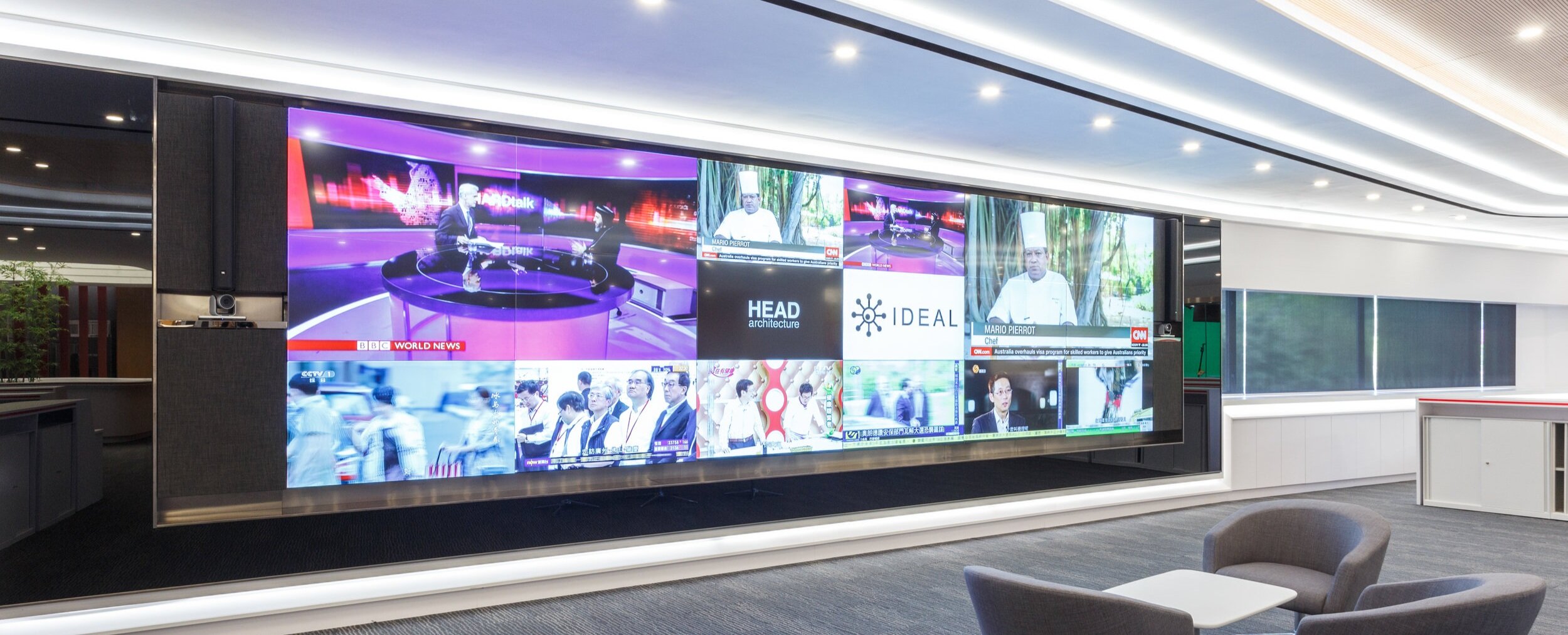Investigating the Durability of Light Emitting Diode Wall Screens in Comparison to Conventional Screen Technologies
Investigating the Durability of Light Emitting Diode Wall Screens in Comparison to Conventional Screen Technologies
Blog Article
LED panel screens have become increasingly favored in current years, especially in environments like educational institutions, corporate spaces, and community spaces. These panels use LED lights (LEDs) to create vivid and vibrant visuals. One of the most notable advantages of LED technology is its durability in contrast to conventional display methods, such as cathode ray monitors (CRTs) and liquid crystal displays. Understanding the differences in lifespan and performance between these options can assist consumers make informed decisions about their display needs.
Classic screen technologies, like CRTs, have been around for numerous decades. They were commonly used in TVs and PC monitors. However, CRTs have a limited lifespan, typically lasting approximately 10,000 to 20,000 hours of use. This means that after a couple years, users may observe a decline in image quality, such as fading or hue distortion. In comparison, LED wall panels can last considerably longer, often exceeding 50,000 hours. This prolonged lifespan means that consumers can experience consistent performance without the requirement for frequent replacements.
Another crucial factor to consider is power efficiency. LED wall screens consume less power than conventional screens, which not only benefits the ecosystem but Continue also reduces electricity costs. For instance, while a CRT screen may use around 100 W of energy, an LED panel can consume as few as 30 to 50 watts. This discrepancy in power usage contributes to the overall durability of LED innovation, as lower power consumption generates minimal heat. Excessive thermal energy can harm electrical components, leading to a reduced lifespan for conventional displays.
In furthermore to their extended duration and energy conservation, LED panel screens also offer superior visual clarity. They offer more vivid colors and better contrast, making them ideal for various uses, from advertising to educational displays. The technology behind LED panels enables for a broader sight angle, meaning that images remain sharp and lively even when seen from the flank. This is a significant advantage over traditional screens, which frequently experience from color distortion and reduced luminosity at broader perspectives.
In conclusion, the longevity of LED wall screens in contrast to traditional display methods is a crucial factor for consumers to take into account. With durations that can surpass 50,000 hrs, energy efficiency, and superior visual clarity, LED technology provides many advantages. As technology continues to advance, LED wall panels are probably to turn even more common in various settings. Understanding these differences can assist people and organizations make better decisions when investing in display innovation, guaranteeing they get the optimal worth for their requirements.